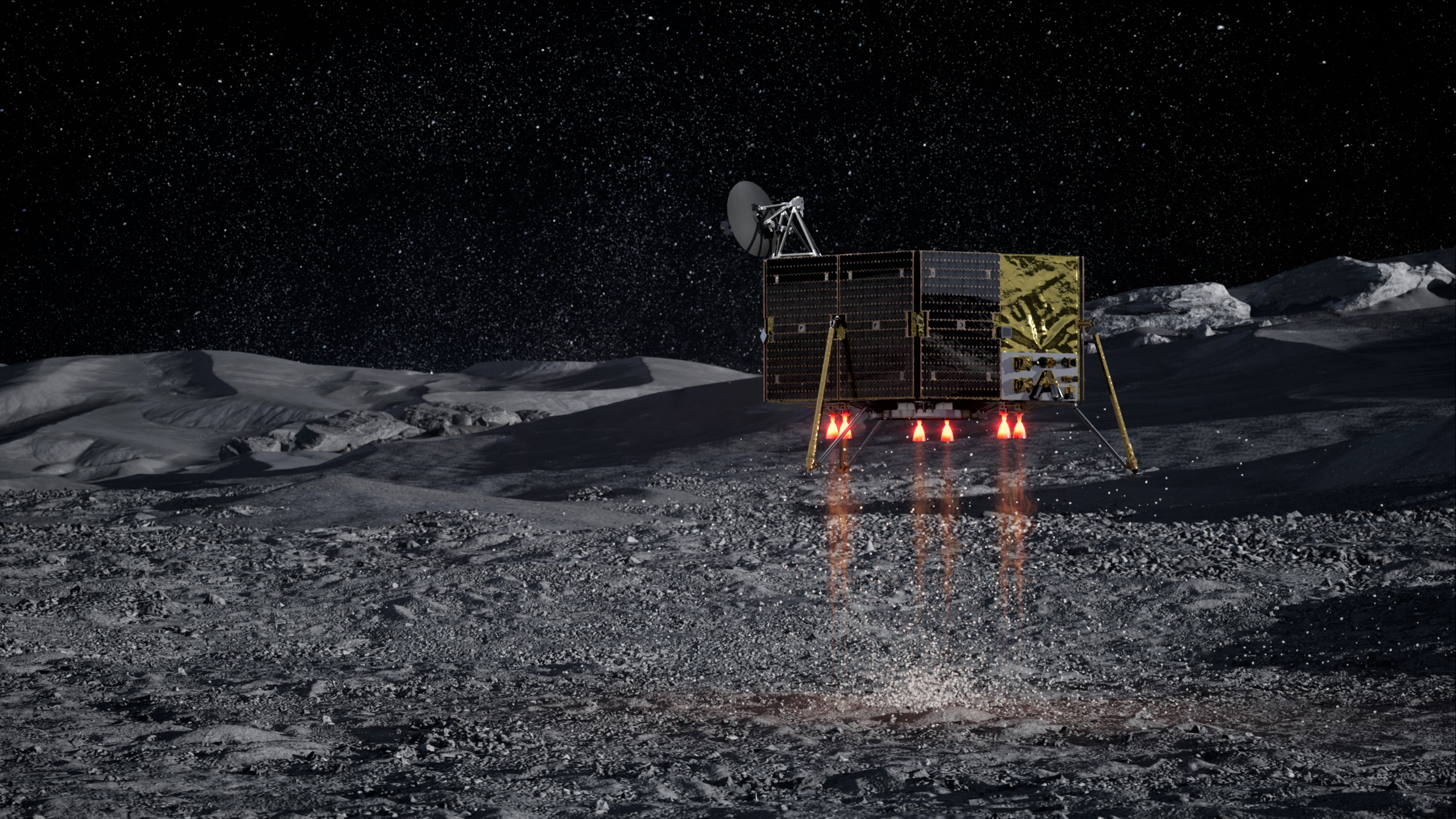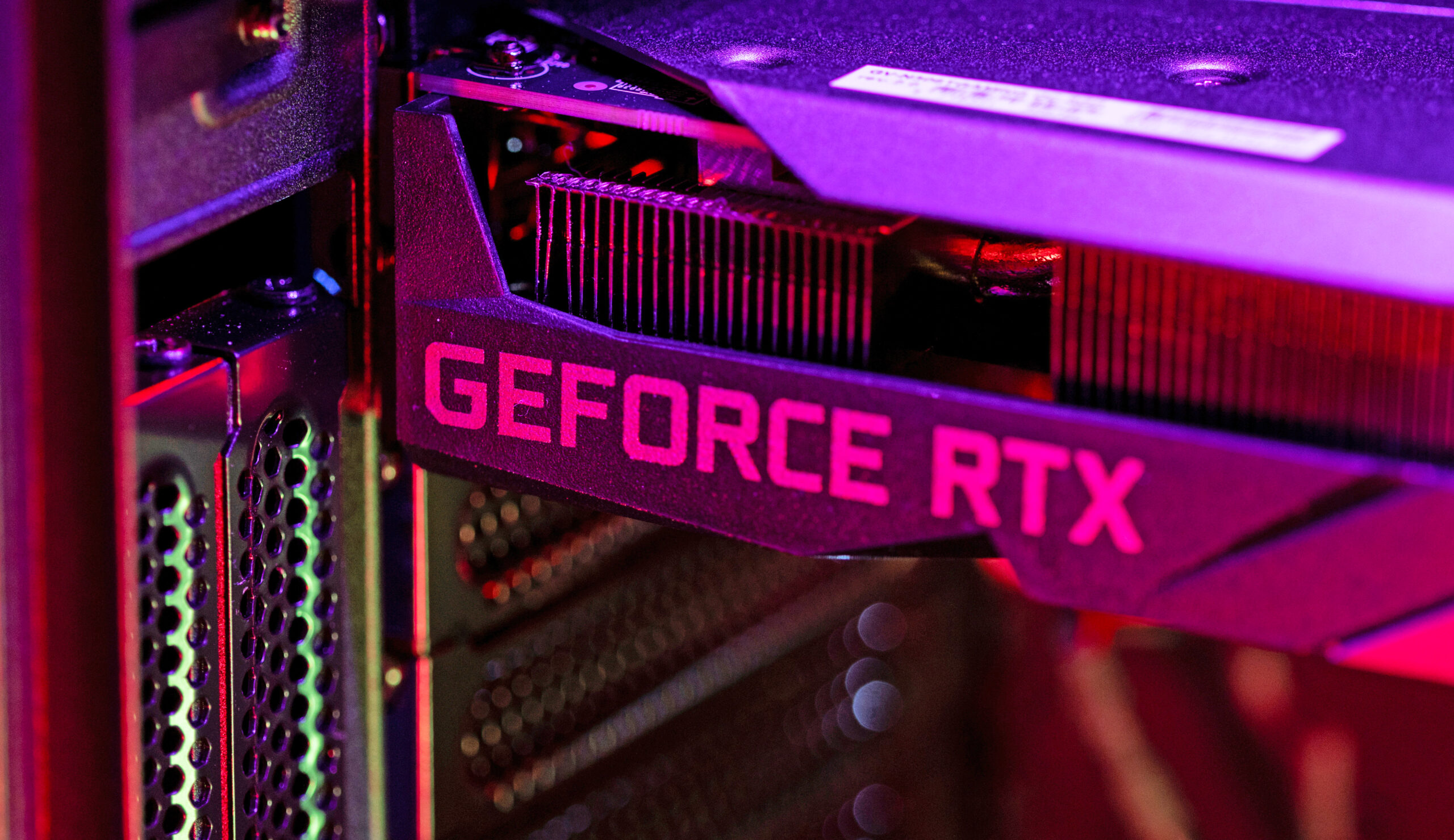Masten House Programs, a startup that’s aiming to ship a lander to the Moon in 2023, will develop a lunar navigation and positioning system not not like GPS right here on Earth.
Masten’s prototype is being developed as a part of a contract awarded via the Air Drive Analysis Laboratory’s AFWERX program. As soon as deployed, it’ll be a first-of-its-kind off-world navigational system.
Up till this level, spacecraft heading to the Moon should carry tools onboard to detect hazards and help with navigation. To some extent, it is smart {that a} shared navigation community has by no means been established: people have solely landed on the Moon a handful of occasions, and whereas there have been many extra uncrewed landings, lunar missions nonetheless haven’t precisely been a daily prevalence.
However as the prices of going to orbit and past have drastically decreased, thanks partly to improvements in launch expertise by corporations like SpaceX, area is prone to get loads busier. Many personal corporations and nationwide area divisions have set their sights on the Moon specifically. Masten is one among them: it was chosen by NASA to ship industrial and personal payloads to a web site close to the Haworth Crater on the lunar south pole. That mission, initially scheduled for December 2023, was pushed again to November 2023.
Different entities are additionally trying to go to the Moon. Chief amongst them is NASA with its Artemis program, which can ship two astronauts to the Moon’s floor in 2024. These missions will possible solely improve within the coming many years, making a typical navigation community extra of a necessity.
“In contrast to Earth, the Moon isn’t outfitted with GPS so lunar spacecraft and orbital property are primarily working at nighttime,” Masten’s VP of analysis and improvement Matthew Kuhns defined in an announcement.
The system will work like this: spacecraft will deploy place, navigation and timing (PNT) beacons onto the lunar floor. The PNT beacons will allow a surface-based community that broadcasts radio sign, permitting spacecraft and different orbital property to wi-fi join for navigation, timing and placement monitoring.

Picture Credit: Masten Space Systems (opens in a new window)
The corporate already concluded Part I of the challenge, which concerned finishing the idea design for the PNT beacons. The majority of the engineering problem will are available Part II, when Masten will develop the PNT beacons. They have to have the ability to stand up to harsh lunar situations, so Masten is partnering with protection and expertise firm Leidos to construct shock-proof beacon enclosures. The goal is to finish the second part in 2023.
“By establishing a shared navigation community on the Moon, we are able to decrease spacecraft prices by hundreds of thousands of {dollars}, improve payload capability, and enhance touchdown accuracy close to probably the most resource-rich websites on the Moon,” Kuhns mentioned.






